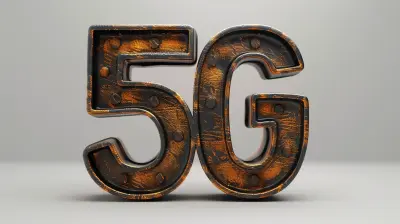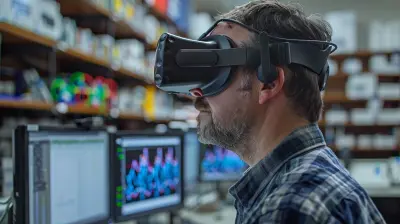Smart Home Integration with Electric Vehicles: The Next Frontier
1 October 2025
Imagine pulling into your driveway after a long day, and your car not only parks itself but also syncs with your smart home to lower the lights, set your preferred temperature, and charge automatically during off-peak hours to save money. Sounds futuristic? Not anymore.
Welcome to the next frontier—where smart homes and electric vehicles (EVs) seamlessly talk to each other, creating a fully connected and energy-efficient lifestyle.
In this article, we’re diving deep into how integrating smart homes with EVs isn’t just a cool tech trend—it’s revolutionizing the way we live, drive, and power our lives.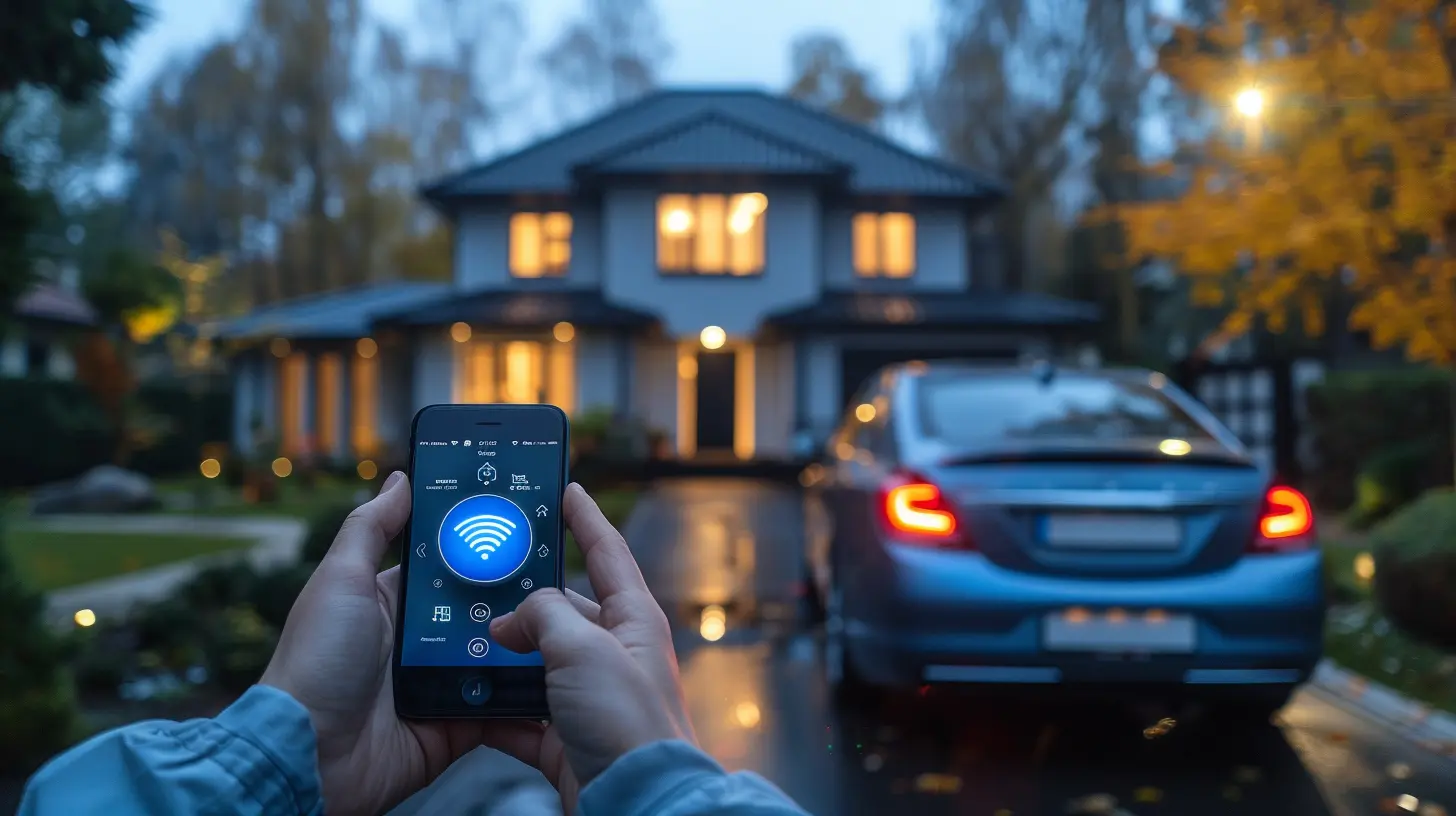
What Exactly is Smart Home-EV Integration?
Okay, let’s break it down: Smart home-EV integration is all about bringing your electric vehicle into your home automation ecosystem. That means your EV doesn’t just sit in your garage—it becomes an active part of your smart home, communicating with thermostats, energy systems, solar panels, and even your voice assistant.Think of it like giving your car a seat at the family dinner table—it becomes a real member of your household.
This kind of integration leverages technologies like IoT (Internet of Things), smart energy management, AI, and vehicle-to-grid (V2G) capabilities.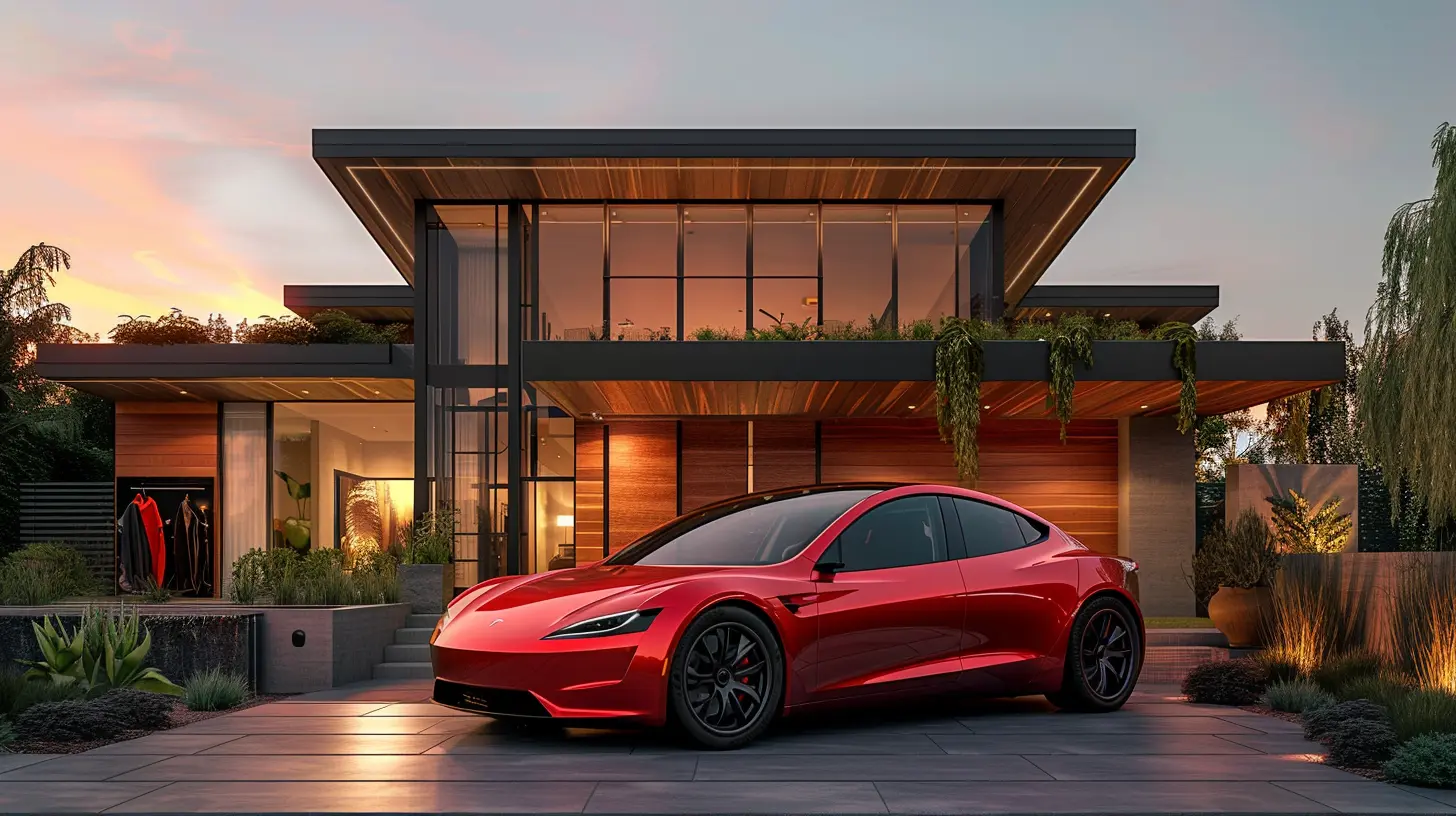
Why Is This Important Right Now?
We’re living in an electrified world. EV sales are skyrocketing, more people are investing in smart home gadgets, and let’s not forget—our power grids are under serious pressure. Syncing your EV with your home can:- Help slash your power bills
- Optimize energy usage across devices
- Give you better control over your carbon footprint
- Offer new layers of convenience and security
And with automakers and smart tech companies teaming up like Marvel superheroes, this kind of integration isn’t a pipe dream—it’s happening, fast.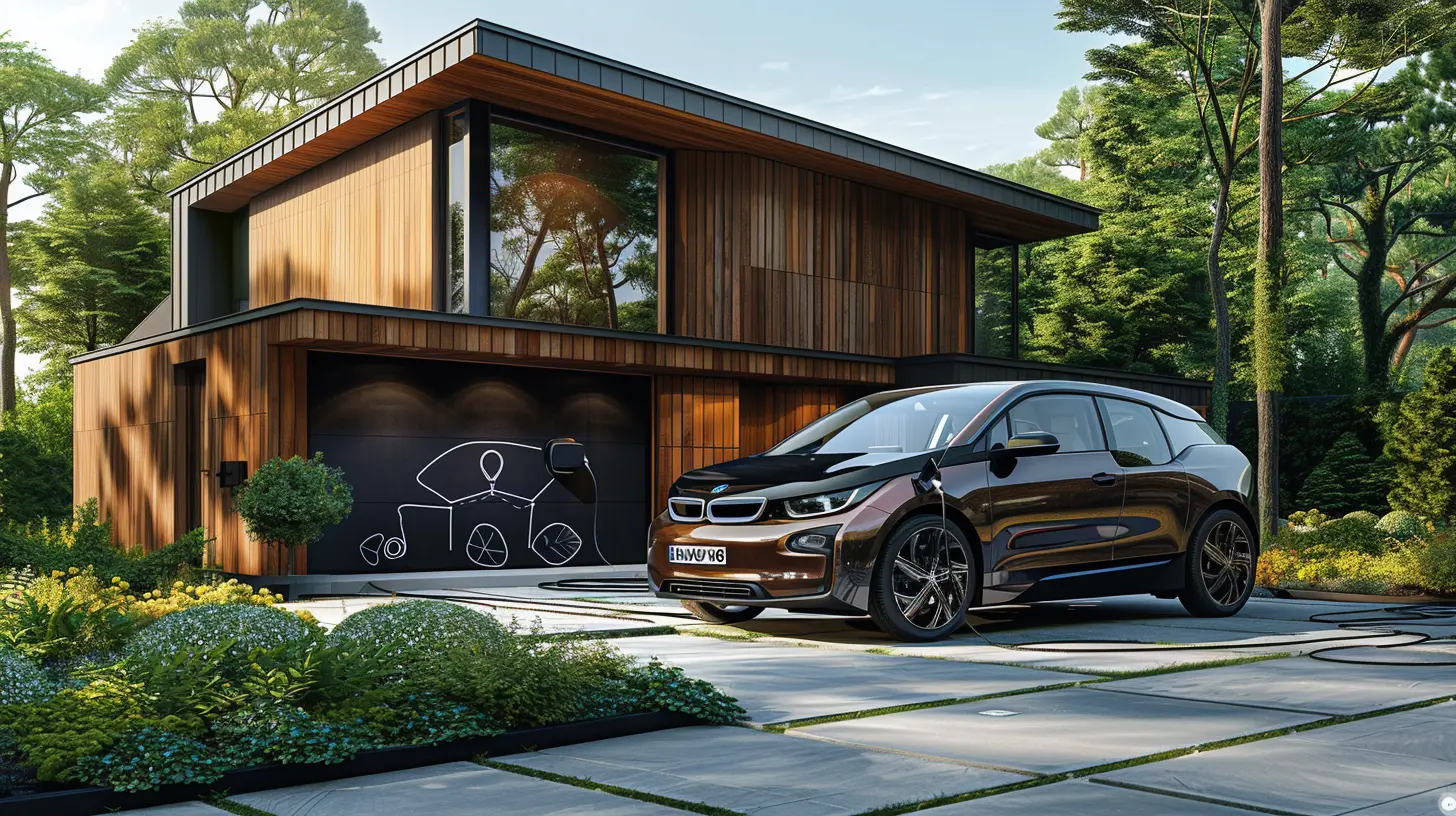
Key Smart Home Features That Pair with EVs
Let’s zoom in on how this integration actually looks in your daily life. Here are some smart home systems that can already sync with your EV:1. Smart Charging Stations
Not all charging is created equal. Smart chargers let you:- Schedule charging during off-peak hours
- Use surplus solar energy for charging
- Monitor usage and optimize charging patterns
Imagine telling your home: “Only charge my EV when power is cheapest,” and bam—it does exactly that.
2. Home Energy Management Systems (HEMS)
A home energy management system is the brain behind your energy setup. When it includes your EV, it can:- Prioritize which devices get power and when
- React to real-time energy prices
- Integrate with solar panels or backup batteries
Some systems can even pull energy from your EV battery to power your home temporarily. That’s right—your car can double as a backup generator.
3. Voice Assistant Integration
“Alexa, is my car charged?” or “Hey Google, start charging the EV at 2 a.m.”Voice assistants can now communicate directly with EVs through smart home hubs. That’s next-level convenience.
4. Geofencing and Location-Based Automation
With geofencing, your EV can trigger home automation based on its GPS. For example:- Arriving home = lights on, garage door open, AC starts cooling
- Leaving for work = lights off, doors locked, thermostat adjusts
It’s like having your own personal butler on wheels.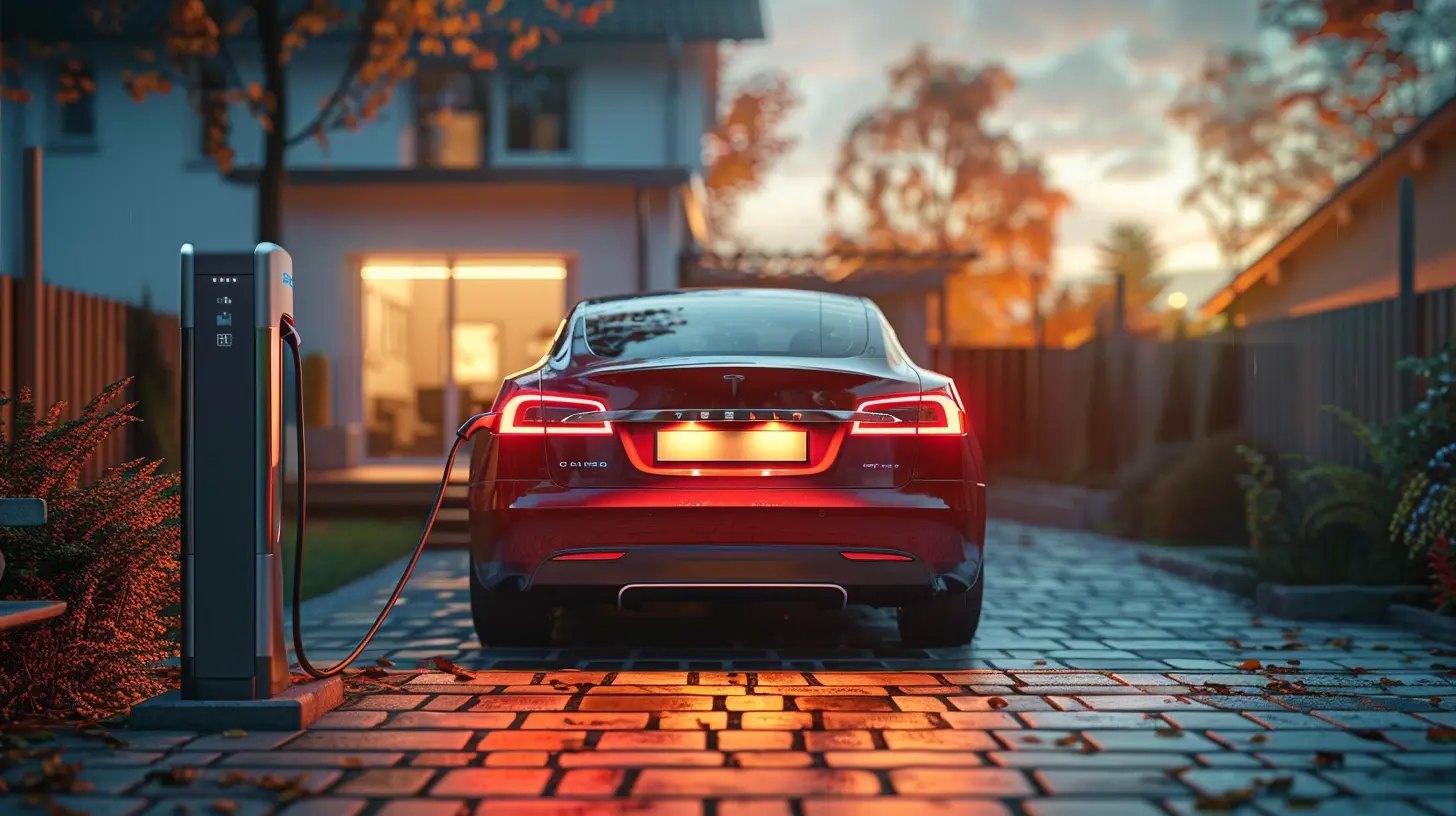
Vehicle-to-Home (V2H): Powering Your Home with Your Car
This is where things get really interesting. V2H technology allows your EV to push energy back into your home. During a blackout? No problem—plug in your EV and power essentials like your fridge, internet router, and lights.Real-World Example:
During a Texas winter storm in 2021, some Ford F-150 Lightning owners used their truck’s battery to keep their homes powered for days. That’s not just smart—it’s life-saving.You’re not just charging your car anymore. You're turning your EV into an energy asset.
Vehicle-to-Grid (V2G): Powering the Grid with Your EV
Take V2H a step further—you’re not just helping your home; you’re helping the entire grid.With V2G, your EV can sell excess energy back to the utility during peak demand.
Let’s say power prices spike during a hot summer day. Instead of charging, your EV discharges energy back to the grid. You get paid, and the grid gets relief. Win-win.
This could give rise to a future where your EV is part of a decentralized power plant system. Think of it as Uber for electricity.
Solar Panels + Smart Home + EV = Eco-Trifecta
Want to level up even more? Integrate your EV and smart home with solar panels.Here’s how the trifecta works:
- Charge your EV during the day with solar energy
- Store unused energy in home batteries
- Power your home at night or during outages
- Use smart systems to schedule and optimize everything
You’re literally driving on sunshine. Plus, you can kiss fossil fuels—and high electric bills—goodbye.
Benefits of Smart Home-EV Integration
Let’s talk perks. What do you actually get out of all this tech wizardry?1. Cost Savings
Smart charging, solar optimization, and grid interactions can lead to significant long-term savings.2. Eco-Friendly Living
Lower emissions, smarter energy use, and sustainable living wrapped up in one neat package.3. Convenience Like Never Before
Automated routines, voice commands, predictive actions—all syncing with your daily habits.4. Energy Resilience
With V2H and backup batteries, your home can become a mini power station.5. Increased Home Value
Homes with EV-ready infrastructure and smart capabilities have a serious edge in the real estate market.Challenges on the Road Ahead
Of course, this isn’t all smooth sailing. Some bumps in the road include:- Compatibility: Not all devices speak the same “language.” Standardizing integration is still a work in progress.
- Cost: Initial setup costs, especially for solar and V2G tech, can be steep.
- Regulations: Utility companies and local governments are still figuring out how to manage V2G systems and energy credits.
- Cybersecurity: More connectivity = more potential vulnerabilities. Security must evolve along with the tech.
But let’s be real—every great innovation comes with growing pains. And the benefits still far outweigh the limitations.
What Big Brands Are Doing
Major players are already making moves:- Tesla: With Powerwall, Solar Roof, and EVs, Tesla is building a fully integrated energy ecosystem.
- Ford: Its F-150 Lightning showcases V2H tech, powering homes during outages.
- Google Nest: Working on smarter thermostats that adapt based on EV usage.
- LG and Panasonic: Developing home energy systems that integrate with EV charging.
The giants are in the game—they see where the future’s heading.
What Can You Do Now?
Alright, so maybe you’re not ready to drop tens of thousands on an all-in-one smart system. That’s cool! Here’s how to start small and build up:Step 1: Get a Smart EV Charger
This is the easiest entry point. Look for options with Wi-Fi, scheduling features, and solar compatibility.Step 2: Add a Smart Thermostat
These save money AND they can connect to your EV habits for smarter temperature control.Step 3: Explore HEMS
If you already have solar panels or plan to, a Home Energy Management System is the next logical step.Step 4: Stay Updated on V2H/V2G
Even if your car doesn’t support it yet, keep an eye out. Many newer models have the tech baked in, even if it’s not active yet.The Bottom Line: The Road Ahead is Bright (and Electric)
The future where your EV, your fridge, your lights, and your solar panels all work in harmony? It's already being built. Smart home integration with electric vehicles is so much more than a buzzword—it’s a lifestyle shift that brings convenience, sustainability, and empowerment into your driveway.It’s the next frontier—and it's rolling into your garage a lot sooner than you think.
all images in this post were generated using AI tools
Category:
Smart HomeAuthor:

Jerry Graham
Discussion
rate this article
1 comments
Robert Mendez
This article brilliantly highlights the synergy between smart homes and electric vehicles, showcasing how integrated technology can enhance convenience, efficiency, and sustainability in our daily lives.
October 4, 2025 at 11:31 AM

Jerry Graham
Thank you for your insightful comment! I'm glad you found the article highlights the exciting potential of smart home and electric vehicle integration.
